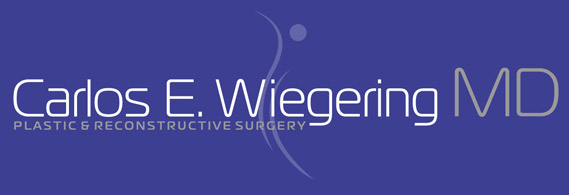Facelift

Have you started noticing the visible signs of aging that don’t match how young you actually feel? Facelift surgery is the most popular and effective treatment for lower facial laxity that is robbing you of a flawless complexion.
Candidates
Facelift surgery is often considered when men and women present with laxity around the cheeks and jawline. This laxity may create the appearance of jowls and can extend down into the neck. There is no minimum age for patients to undergo facelift surgery, and we can see facial sagging in patients as young as their late 40s.
It is important that candidates for facelift surgery are in good health and have realistic expectations about their results. While facelift surgery doesn’t address smaller wrinkles around the eyes and mouth, injectable treatments can be used to maintain the quality of your results.
Your Consultation
During your consultation, we will determine whether you are in good health and if a facelift is the best technique to treat your facial concerns. It is important that facelift surgery is performed on the right candidates, as results can appear unnatural or unfinished in patients not needing a facelift. At your consultation, we will also recommend a neck lift procedure if we feel it is suited for you.
Facelift Options
- Standard facelift – Incisions are placed in the natural contours: along the earlobe and within the hairline. The underlying muscles are elevated, and excess skin is trimmed away. Fat may be redistributed to enhance volume in the cheeks.
- Neck lift – This technique is often considered in conjunction with facelift surgery to treat laxity below the jaw. A neck lift tightens the platysma muscle to eliminate the appearance of a turkey wattle. This process also helps to create better jawline definition.
Procedure Process
Facelift surgery is performed using a general anesthetic and is typically an outpatient procedure. Patients should not eat or drink after midnight the day of the surgery. You cannot drive yourself home following surgery; therefore, you should be accompanied to your surgery by an adult. Before surgery, we will discuss specific details, you can ask questions, and we will review your aftercare instructions.
Recovery
Drains are placed to help eliminate fluid and reduce swelling. Bruising is typical, and bandages are worn for one to two days. Bruising and swelling usually improve within two weeks. Most people generally resume their regular routine at this time. You should be fully healed after six weeks.
To schedule your facelift consultation today, contact our office at (305) 858-4366, or fill out our online contact form for additional information.

